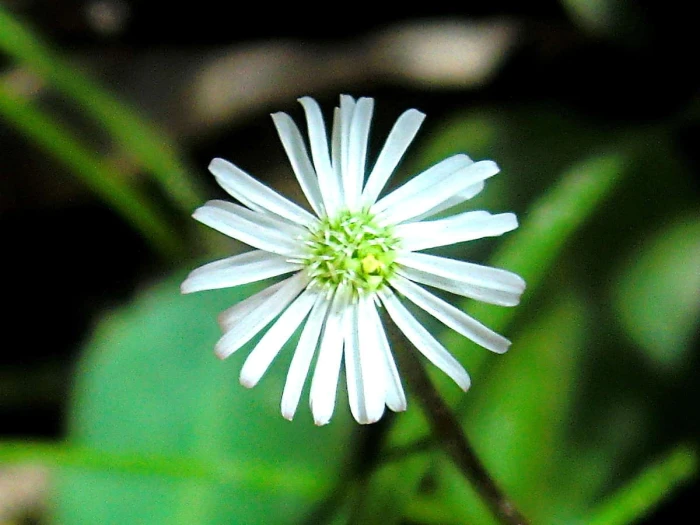Blue Bottle-Daisy
(Lagenophora stipitata)
Blue Bottle-Daisy (Lagenophora stipitata)
/
/

© Mark Ridgway
CC BY 4.0
Image By:
© Mark Ridgway
Recorded By:
Copyright:
CC BY 4.0
Copyright Notice:
Photo by: © Mark Ridgway | License Type: CC BY 4.0 | License URL: http://creativecommons.org/licenses/by/4.0/ | Uploader: argybee | Publisher: iNaturalist |

















Estimated Native Range
Climate Requirements for Catania, Italy
| This Plant | Your Site | Plant Suitability for Your Location | ||
|---|---|---|---|---|
| • Precipitation | 7" - 116" | 21" | Your precipitation may be insufficient for this plant. Irrigate N" / year. | Irrigate N" / year |
| • High Temp. | 59°F - 111°F | 89°F | Your summer temperatures are normal for this plant. | Excellent |
| • Low Temp. | 19°F - 71°F | 43°F | Your winter temperatures are normal for this plant | Excellent |
This plant should grow well at your location with about N inches per year (Y minutes per month) of irrigation.
Summary
Lagenophora stipitata, commonly known as blue bottle-daisy or common lagenophora, is a perennial herb native to a variety of habitats including grasslands, open forests, and alpine regions in eastern mainland Australia, Tasmania, Southeast China, East Asia, Java, and New Guinea. It typically forms a low rosette of leaves and bears small, daisy-like flowers with blue to violet petals and a yellow center, blooming mainly in the spring and summer months. The flowers are modest in size but can add a delicate touch of color to garden settings.
Blue bottle-daisy is appreciated for its hardiness and ability to thrive in a range of conditions, making it a versatile choice for gardeners. It is often used in rockeries, as a ground cover, or in borders due to its low-growing habit. This plant prefers well-drained soils, tolerates partial shade to full sun, and requires moderate watering. While it is not known for significant pest or disease issues, it can be susceptible to root rot in poorly drained soils. It is also valued for its ability to attract pollinators such as bees and butterflies to the garden.CC BY-SA 4.0
Blue bottle-daisy is appreciated for its hardiness and ability to thrive in a range of conditions, making it a versatile choice for gardeners. It is often used in rockeries, as a ground cover, or in borders due to its low-growing habit. This plant prefers well-drained soils, tolerates partial shade to full sun, and requires moderate watering. While it is not known for significant pest or disease issues, it can be susceptible to root rot in poorly drained soils. It is also valued for its ability to attract pollinators such as bees and butterflies to the garden.CC BY-SA 4.0
Plant Description
- Plant Type: Herb
- Height: 0.5-1.5 feet
- Width: 0.2-0.5 feet
- Growth Rate: Moderate
- Flower Color: Blue, White
- Flowering Season: Spring, Summer
- Leaf Retention: Evergreen
Growth Requirements
- Sun: Full Sun, Part Shade
- Water: Medium
- Drainage: Medium, Slow
Common Uses
Border Plant, Butterfly Garden, Low Maintenance, Water Garden
Natural Habitat
Native to grasslands, open forests, and alpine regions
Other Names
Common Names: Long-stalked Lagenophora
Scientific Names: Lagenophora stipitata, Bellis stipitata, Calendula stipitata, Lagenifera stipitata, Lagenifera stipitata var. microcephala, Lagenifera stipitata var. normalis, Lagenifera stipitata var. stipitata, Lagenophora billardierei, Lagenophora billardierei var. microcephala
GBIF Accepted Name: Lagenophora stipitata